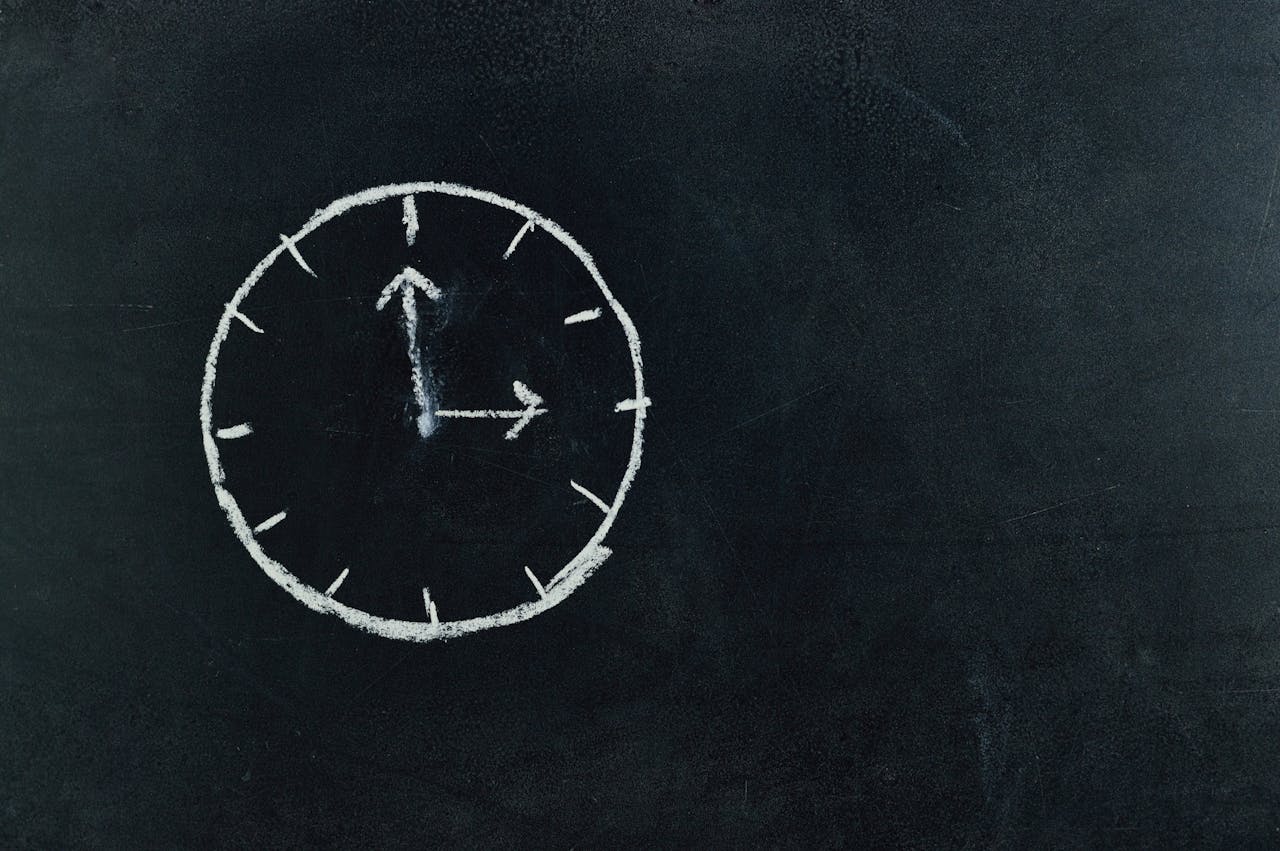Write Us: hello@ali5.org
How to Stop Doomscrolling and Take Your Time Back
Tired of endless scrolling? Learn how to stop doomscrolling, set healthy digital boundaries, and take back control of your time and mental space.

Doomscrolling is a trap. You’re just “checking the news” or “catching up,” and suddenly it’s been 45 minutes. Your mood? Worse. Your brain? Fried. Your to-do list? Untouched.
The worst part? You know it’s draining you, but you keep doing it anyway.
Why? Because doomscrolling feels productive. You’re staying “informed,” right? But let’s be real: skimming headlines, outrage threads, and random chaos on the internet doesn’t make you smarter; it makes you anxious, distracted, and passive.
Here are some ways to get off the scroll treadmill and take back control of your time, energy, and sanity.
First, learn what doomscrolling is.
“Doomscrolling” is more than just “reading the news.” It’s when you can’t stop reading or watching things that make you feel bad or anxious, usually by scrolling through them. It’s the mental equivalent of picking a scab: it hurts, but you keep doing it.
And it’s not just about the news. It could be political drama, social media fights, celebrity scandals, climate panic, financial crashes, anything that hooks your brain in a cycle of watching things get worse.
Why it’s addictive:
-
You feel like you’re “doing something” just by reading.
-
Outrage = adrenaline = a sense of alertness (even if it’s toxic).
-
It fills the gap when you’re bored, anxious, or avoiding something.
But here’s the cost: attention fatigue, higher stress, lower focus, and a warped view of reality where everything feels urgent, broken, or doomed.
That’s not awareness. That’s burnout.
1. Admit It’s a Habit, Not a Necessity
The first mental shift: stop pretending doomscrolling is useful. You’re not being an informed citizen. You’re caught in a loop.
This isn’t about guilt. It’s about clarity. Once you see doomscrolling as a habit loop, trigger, action, and reward, you can start breaking it.
Ask yourself:
-
When do I reach for my phone? (Boredom? Stress? Just woke up?)
-
What content do I gravitate toward? (News apps? Twitter? Reddit?)
-
How do I feel after? (Drained? Angry? Helpless?)
Recognizing the pattern is step one. Because what you don’t track, you can’t fix.
2. Design Friction Into Your Phone
Your phone is designed for ease, which is great when you’re calling someone, but terrible when you’re trying to avoid distractions.
Time to make the mindless scroll less convenient.
Try this:
-
Delete one app that sucks you in the most. Just one. Don’t negotiate.
-
Log out of doom-heavy platforms or set app timers (e.g., 10 min/day).
-
Move apps off your home screen. Out of sight = out of autopilot.
-
Use grayscale mode. Colorful screens are more addictive.
Friction works. The more steps it takes to access your triggers, the more likely you are to pause, and that pause is everything.
3. Set a Specific “Scroll Time” (Then Actually Stop)
You don’t have to go full monk mode. But give yourself a window to catch up intentionally.
Maybe it’s 15 minutes in the evening to read headlines or check social media. Set a timer. Stick to it. Then close the tabs and walk away.
The rule is: no doomscrolling outside that window. You’re not banning the internet. You’re just putting it in its place.
Pro tip: if you find yourself itching for a fix during the day, jot it down. “Check the news about X later.” It offloads the urge without feeding it.
4. Replace the Habit, Don’t Just Remove It
Here’s the mistake most people make: they delete the app but don’t fill the void. So they just…reinstall it a week later.
What your brain needs is a substitute, something to reach for when you’re bored, tired, or overwhelmed.
Here are a few replacements that work:
-
Real reading. Not tweets. Not headlines. A book. A blog. Longform content.
-
Movement. Take a walk, stretch, clean something, use your body to shift gears.
-
Offline hobbies. Drawing. Journaling. Cooking. Small wins = dopamine.
-
Music or a podcast. Especially if you’re addicted to background noise.
Find what fits you. The goal isn’t just to stop scrolling, it’s to fill your life with better inputs.
5. Interrupt the Loop With a Physical Pattern Break
Sometimes you catch yourself mid-scroll, halfway through another depressing thread, and you know it’s pointless, but you keep going.
That’s your cue for a hard reset. Stand up. Shake your hands out. Change rooms. Say out loud: “Not doing this right now.”
Sounds weird? Sure. But breaking the mental loop often requires a physical shift. Move yourself out of that state.
Bonus: keep something physical on your desk or nightstand, like a fidget cube, stress ball, or notebook. Use it as your “anti-scroll” trigger.
6. Choose Better Information Sources
If you feel like you need to stay informed (fair), then curate smarter.
Here’s what helps:
-
Use a daily newsletter like Morning Brew or 10 Things You Need to Know Today. Quick, curated, and done.
-
Try RSS feeds or reader apps (like Feedly) to follow only what matters, no algorithm nonsense.
-
Follow fewer people who post high-signal content. Unfollow rage-baiters.
-
Avoid live updates and breaking news unless it directly affects you. Real talk: if it’s that important, you’ll hear about it.
Remember: you’re not obligated to consume every crisis in real time. The world doesn’t need your constant attention to keep spinning.
7. Create “Zero Scroll” Zones
Define places or times where scrolling just doesn’t happen. These zones create natural mental rest.
Examples:
-
First hour after waking up. Don’t feed your brain garbage first thing.
-
During meals. Taste your food. Talk to someone. Just be.
-
In bed. Doomscrolling before sleep wrecks your rest and your nervous system.
-
The bathroom. Yep. That too.
Start with one zone. Protect it. Treat it like a sacred space where your brain gets to just exist, not consume.
8. Start Using That Stolen Time for Actual Recovery
Let’s say you stop doomscrolling for 30 minutes a day. That’s 3.5 hours a week. 14 hours a month. Over 150 hours a year.
What could you do with that time?
You could:
-
Read a book a month.
-
Start a journaling habit.
-
Catch up on sleep.
-
Take a course.
-
Just…rest.
The goal isn’t to be more productive. The goal is to be less hijacked, so you can be present, calm, and intentional again.
Final Word
Doomscrolling doesn’t make you bad, lazy, or weak. It means your brain is doing what it’s wired to do: seek novelty, avoid danger, fill the silence.
But here’s the deal: your attention is your most valuable resource. Every scroll, every headline, every outrage cycle chips away at it.
You don’t have to go cold turkey. You just have to interrupt the loop. Add some friction. Set better rules. Choose higher-quality inputs. Fill your day with things that serve you.
Because once you start getting that time and peace back? You’ll realize how much you were missing without even knowing it.







